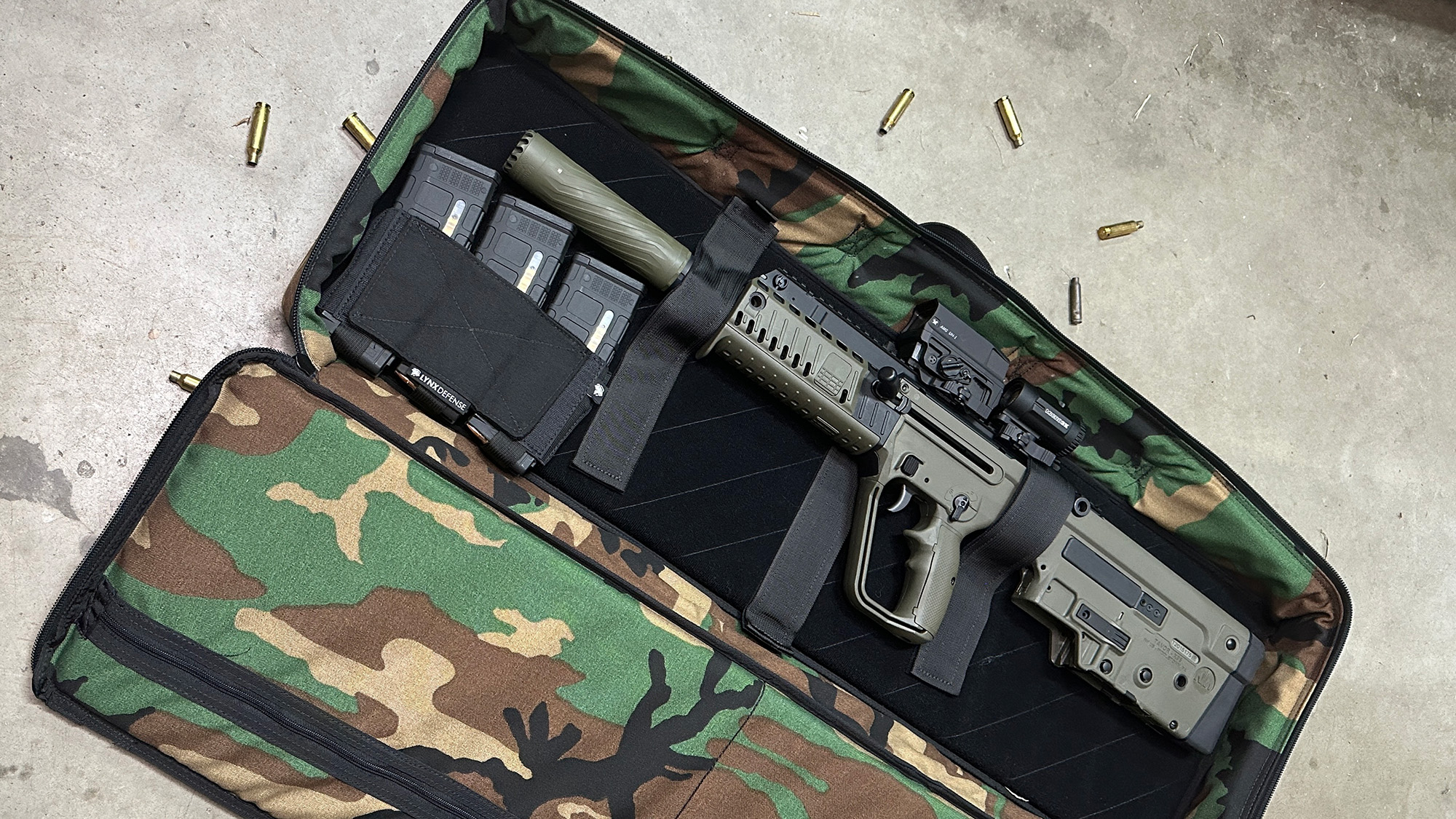
Ready to see what we have coming?
Lynx Defense will release some new things soon. Let us deliver them right to your inbox!

Lynx Defense will release some new things soon. Let us deliver them right to your inbox!
We may earn revenue from product links on this page and participate in affiliate programs. Learn More ›
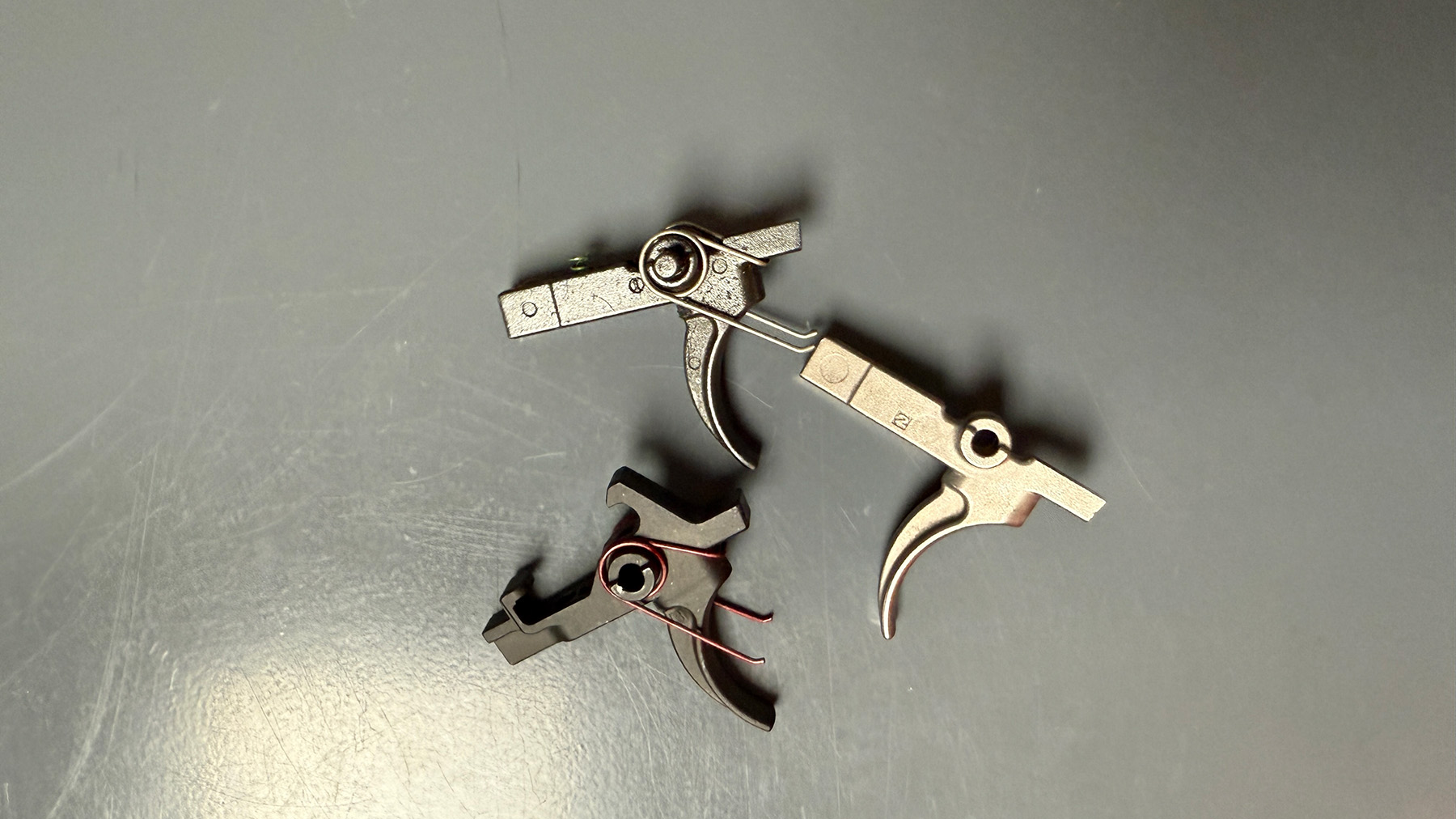
When upgrading your AR-15, few things make as big a difference as a quality trigger.
Whether you’re looking to shave time off your split shots, tighten your groups, or just enjoy a smoother shooting experience, the right trigger can transform your rifle.
But with so many options, finding “the one” can feel like a wild goose chase.
Don’t worry—we’ve got you covered.
In this article, we’ll break down the best AR-15 triggers for every need, from precision shooting to budget-friendly picks, so you can get back to what matters: sending rounds downrange with a smile on your face.
Triggers can be one of the more hotly contested accessories in the firearm space.
People get very opinionated about their triggers, so I’m sorry if we didn’t pick your favorite.
There are many good triggers, but these are the ones I have had the most time behind and the ones I recommend from personal experience.
Let’s dive in!
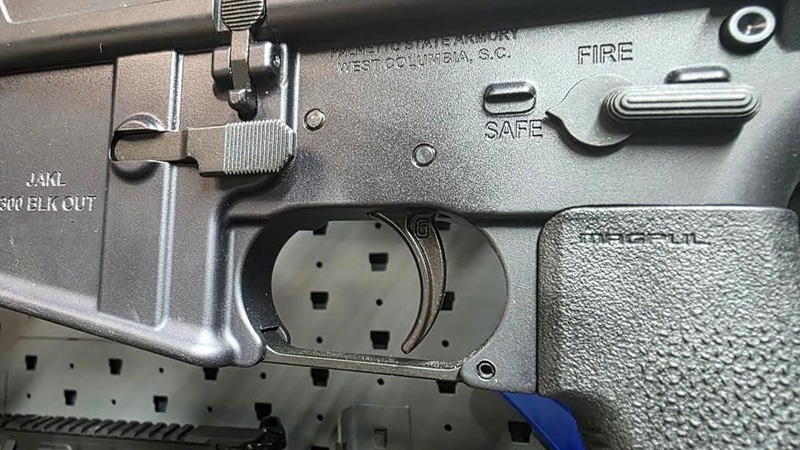
The G2S is Geissele’s version of a base model vehicle. No frills, no heated seats, no power windows just a solid crisp, clean 2-stage trigger.
Since this is a two stage trigger there are two pull weights. The 1st stage is between 2.75 – 3 lbs.
The second stage is 1.5 -1.75 lbs, leaving the total pull weight range between 4.25-4.75 lbs.
This is not an adjustable trigger so that pull weight will be what it is.
The Geissele triggers are made from steel, which makes them extremely durable.
These triggers are great for any gun and fit both AR15 and AR10 platforms.
They are great for duty-level rifles and also just plinking guns, although a little pricey for just a plinker.
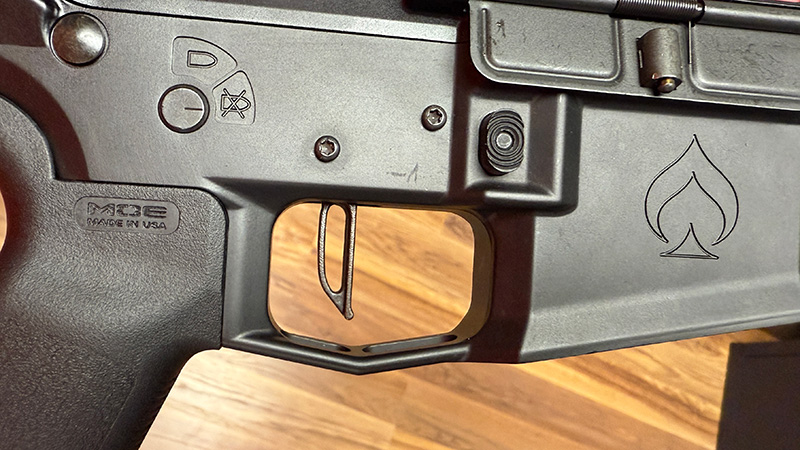
One of the best budget aftermarket triggers is made by our good friends over at Palmetto State Armory.
This trigger is very similar in price to the LaRue trigger but slightly lower, making a solid single-stage flat trigger obtainable for any and all of your AR builds.
The biggest difference between this trigger and the other triggers on our list is that the PSA trigger is a single-stage trigger.
That means it has no take-up before the break.
This trigger is not adjustable and comes in at 3.5 lbs trigger pull.
The PSA Custom trigger comes with anti-walking pins which can be a little controversial.
Many will say if the trigger pins are walking out of the lower than something isn’t in spec and while they are technically correct, it may not be the trigger.
Keep in mind that this is a drop-in trigger that needs to go into any number of lowers, which may be out of spec and cause the trigger pins to walk.
The first place the customer will look for support is PSA, so adding the anti-walking pins is probably just to minimize the customer service issues.
This trigger has a really good feel; you’d never know it wasn’t a more expensive option.
I currently run this in my test bed rifle.
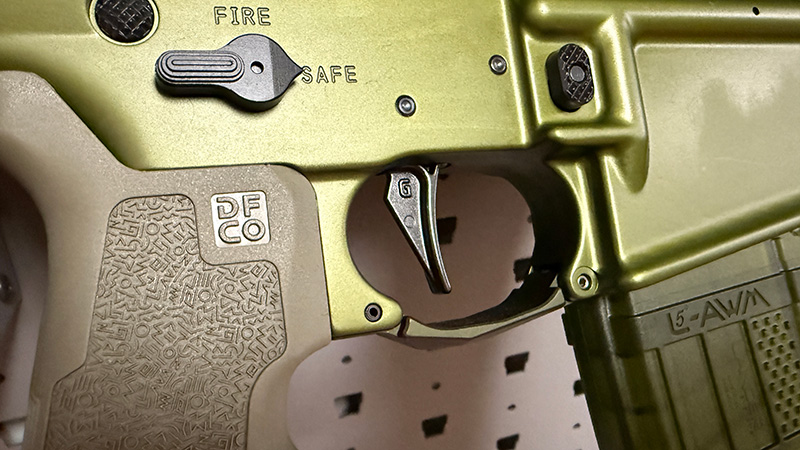
The Geissele SSA X Trigger with Lightning Bow is one of my favorite aftermarket AR-15 triggers.
In recent years, I have fallen in love with the straight triggers over the typical curved design.
I like the feel better and I feel like you can feel the breaks in the trigger better with a flat trigger.
The SSA X Trigger is at the top end of Geissele’s trigger offering and the price reflects that.
The Lightning is a 2 stage trigger with the first stage being 2.75 – 3 lbs. the second stage is 1.5 – 1.75 lbs. making the total pull 4.25 – 4.75 lbs.
Like most of Geissele’s triggers this trigger is not adjustable.
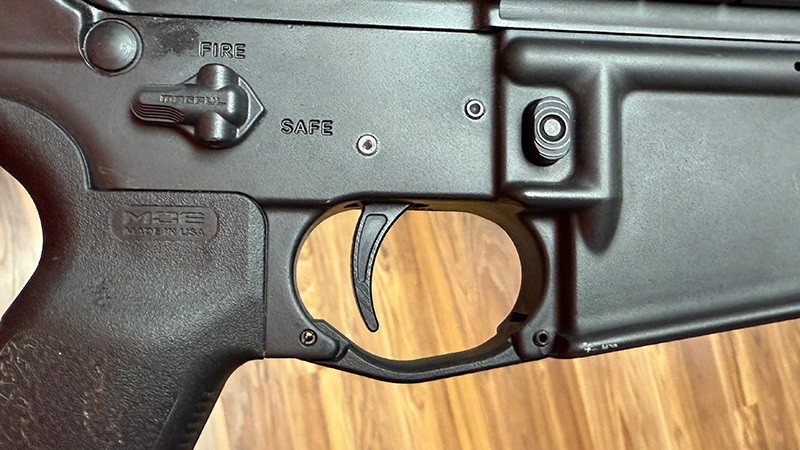
One trigger that I’ve liked for some time and have in my Gen 3 Noveske rifle is the LaRue MBT-2S.
You might have guessed from the “2S” that this is a two-stage trigger, and that would be a good guess.
This trigger has a 4.5 lb total pull weight and breaks crisply at 2.5 lb first stage, 2 lb second stage.
I’ve always liked my LaRue MBT and have to continue recommending them as they are a great and often affordable option.
What you want in a trigger will very based on your specific wants and needs. But the things to consider are a standard and here’s what you should consider.
The most important factor to consider is the intended use of the firearm the trigger will be used in, as the firearm’s use case will likely determine your trigger needs.
Whether for precision shooting or go-to AR-15, matching the trigger to specific use cases is paramount.
Selecting a trigger based on the intended use of the gun and your individual comfort with specific trigger features is the most important factor.
Single-stage vs. two-stage triggers.
A single-stage trigger has a consistent pull weight throughout, providing a simpler operation.
In contrast, a two-stage trigger has two distinct phases in the pull, offering more control and precision to the shooter.
Pull weight can be a hotly contested issue, and while some of it comes down to preference, there are a few factors that contribute to safety and accuracy.
Trigger pull weight is a critical factor in firearm performance, impacting shooting accuracy and style.
For competitive shooters, a lighter trigger pull weight allows for quicker shots.
In hunting scenarios, a moderate trigger pull weight may offer better control and the “surprise” you want in your trigger pull, giving you more accurate shots.
In home defense situations, a slightly heavier trigger pull weight can prevent accidental discharges while not negatively impacting your ability to discharge your firearm.
Trigger materials like steel, aluminum, and coatings such as nickel-boron are chosen for their durability and reliability, with solid S7 tool steel being a common choice.
The selection of materials can significantly impact the strength and tactile response of a trigger, influencing the overall feel and performance for consumers.
Adjustable triggers offer you the advantage of personalized customization, allowing for fine-tuning to suit individual preferences in travel and weight.
This feature can enhance accuracy, comfort, and overall shooting experience compared to non-adjustable triggers.
Adjustable triggers cater to a wide range of preferences by enabling users to modify the trigger pull weight, and travel.
On the flip side, adjustable triggers often add more failure points and often aren’t reccomend for a “go-to” or SHTF-style rifle.
Concealed Carry Insurance
Protect yourself and all those who carry concealed in your house.